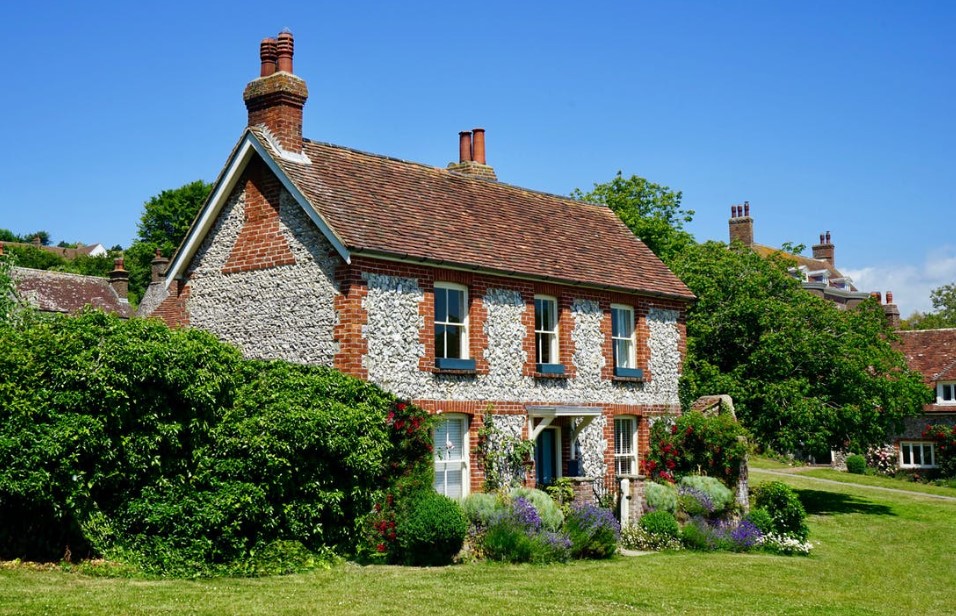
Whether your house is 50 or 150 years old, there are bound to be some questions surrounding its structural integrity. Structures like mortar joints can break down over time, leaving foundations exposed. Cracks in the foundation can let moisture in, which in turn wreaks havoc inside of the home. Repairing major and even minor support structures can promote longevity of your home and prevent more significant issues later down the line. Here are a few ways you can improve your home’s structural integrity.
Waterproofing
Does your home’s exterior have adequate waterproofing? If it doesn’t, it needs to. Why? Waterproofing prevents water seepage and stops foundational deterioration in the walls. It additionally prevents your home’s structural footing from weakening. What’s more, it reinforces the foundation. The foundation walls get inspected for cracks and voids during the waterproofing process. Also, gravel and a weeping tile system are installed around the home while the waterproofing happens, providing enhanced drainage and preventing damage from occurring in the future.
Repointing
Mortar joints typically last for about 25 years, but aging fillings start to deteriorate around that point. Constant fluctuations in climate–especially excess heat, turbulent wind, and heavy rain–cause mortar to dry and crumble apart. This makes your home susceptible to cool air drafts, water infiltration, and even more damage. If you don’t treat it, bad pointing creates structural damage, predominantly along around your chimney. Weakened mortar joints in the chimney lead to water penetrating into the cap, cascading down into your home. Promptly fix any cracks, gaps, or crumbling areas in order to avoid a collapse. Save yourself the stress and extra expenses down the road by quickly repointing your home’s chimney with fresh new mortar.
Foundation Repair and Restoration
It really is essential to get prompt pier and beam foundation repair if you notice issues with your foundation. A faulty foundation can damage your entire home, including the floors and walls, if left unchecked. Luckily, there are several signs you can watch for to see if you need foundation repair.
Structural Foundation Repair
Spotting signs of structural damage? You’ll likely need structural foundation repair if you see:
- Big cracks in the foundation
- Windows or doors that stick
- Bricks that are broken or spalling
- Gaps in crown moldings and concrete
- Wet walls and basement flooding
- Floors creaking in new spots
- Uneven floors
Minor issues can quickly become huge and expensive. Never put off repairs because this places your home–and you–at risk. If you take care of minor issues early, it will save you a lot of trouble later down the road.
Block Foundation Repair
Block foundations are quite common for basements. These basements have mortar put in around each block, meaning you have hundreds of mortar joints. When these joints break down, water infiltration will come in and be at the behest of freeze-and-thaw cycles during winter. If not repaired, there might be water leaks, cracks, crumbling, and walls that start to lean. You’ll need professional block foundation repairs in order to maintain the home’s overall structural integrity.
Foundation Restoration
All manner of problems result from sinking or settling foundations. When fully compromised, repairs might not even be a good option. You might have to entirely restore a portion of the foundational walls. You’ll absolutely need to hire a professional for this job.
Repairing Concrete Floors
A basement’s concrete floors will eventually need repair. You might see concrete issues such as peeling, cracks, and foundational deterioration. Resurfacing the damaged base enhances structural integrity. At-risk, aged flooring gets removed and replaced with brand-new concrete flooring that offers years of protection.
Improving your home’s structural integrity generally involves needing a professional who knows what they’re doing. You should always keep an eye out for signs of age and damage, as early detection is indeed the best prevention. A structural inspection will aid with early detection.


